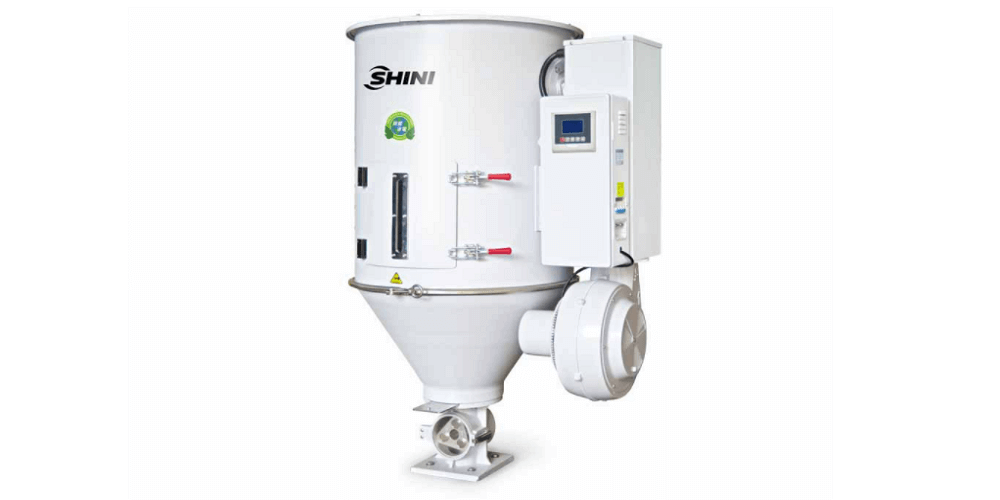If you are involved in plastic injection manufacturing, you probably know the need for drying plastic granules or pellets before processing. You need different dryers for injection molding to ensure you produce high-quality parts for your customers.
With different resin dryers available on the market, it becomes challenging to get the right one for you. Remember that a hopper dryer is important plastic auxiliary equipment. Therefore, you may need to consider the different types of dryers for injection molding to make the right decision.
Hot Air Dryer
This type of dryer provides an economical means of drying your plastic resin. The dryers use the heated ambient air to get rid of moisture from the material. These dryers are suitable for drying plastic materials that do not have an affinity for moisture. Plastics without affinity to moisture are known as non-hygroscopic. In this case, the moisture is removed from the surface of a pellet.
With the hygroscopic resin, the flow of hot air changes pressures the pressure outside and inside of the pellet. As the pellet balances the pressure, the moisture gets out of the pellet to the surface until it attains the balance with the dry air.
Compressed Air Dryer
Another common dryer for injection molding that has similar parts like the hot air dryer. For instance, they both have the hopper, controller, and heater. The compressed air utilizes air from the plant’s processing unit. You should note that compressed air has less moisture than what is regarded to be normal at the atmospheric pressure. In fact, the dryer is suitable for different molding applications.
Although it seems to be an energy-efficient and simple process, the dryer’s energy needs are like those of the desiccant system. Sometimes you may have to integrate a compressor because it comes in a lot of air.
Dehumidifying Dryers
This type of dryer is designed to remove moisture from plastic material before it is processed. In this case, the air gets through the desiccant bed to ensure it is extremely dry. Even after the air becomes dry, it gets heated to a particular temperature before being fed into the hopper. The hot air draws moisture from the material. These dryers are widely used because of their efficiency and durability. However, you have to ensure the desiccant beads are protected.
Honeycomb Dryer
This type of dryer has a canister that can send dry air into the hopper to provide a uniform flow of dry air. The dryers can operate at an optimal level at the dew point. However, they become less effective as desiccant material gets saturated with moisture. Moreover, the effectiveness is also reduced by moisture-filled air that is re-circulated into the system. In rare cases, the system can add moisture to the material.
Vacuum Dryers
These types of dryers are known to increase the rate of drying the plastic material. They help extract the moisture and leave it in a condition to be extruded or molded. The vacuum dryers can dry the material quickly. When you compare this method to others, it is cost-effective and it improves the performance of your injection molded parts.

